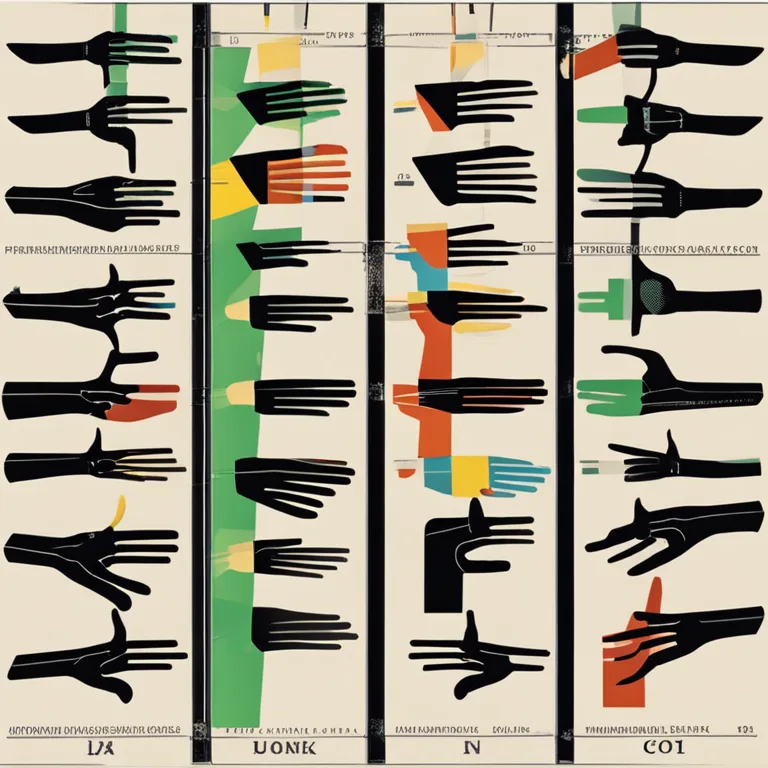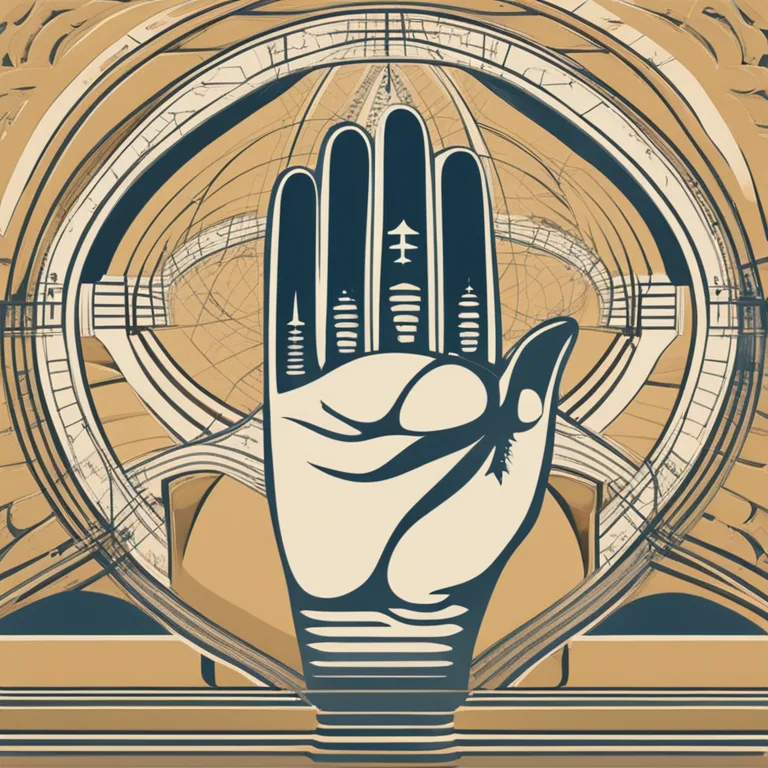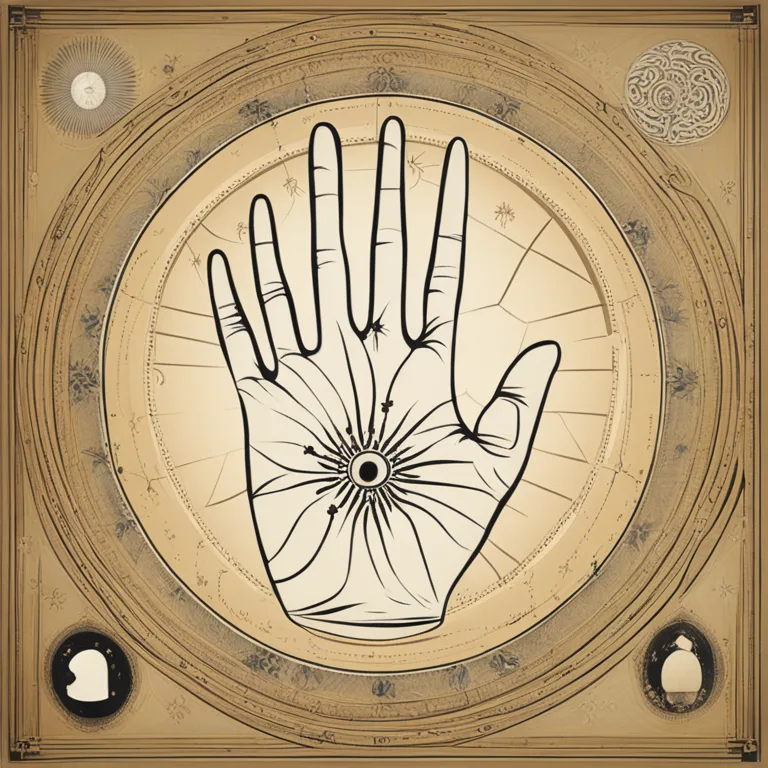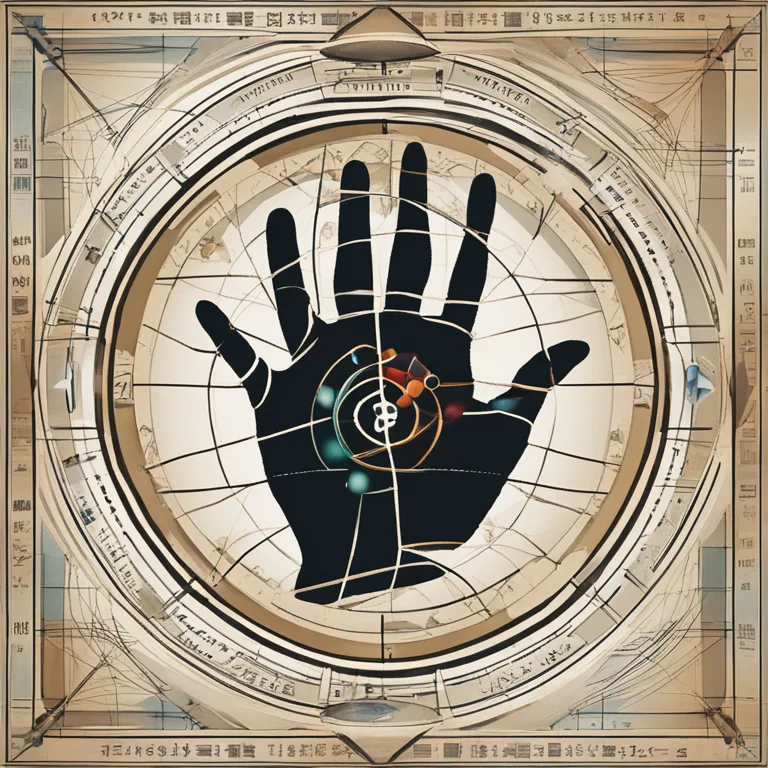
The Interplay of Palmistry and Psychology
The article delves into the intricate relationship between palmistry and psychological insights, offering a fresh perspective on the ancient practice.
article by Nora Pennington
Palmistry: A Fusion with Psychology
Palmistry, also known as chiromancy, is an ancient practice that interprets the lines, shapes, and patterns on the hand to reveal personality traits and future prospects. While traditionally seen as a mystic art, modern interpretations have often intersected with psychological principles. Psychology, the scientific study of the mind and behavior, provides frameworks that can inform the way palmistry is understood today. This crossroad of psychology and palmistry allows for a nuanced view that considers an individual's character and predispositions as reflected in the unique features of their hands.

Psychological Roots in Line Interpretations
One of the ways palmistry aligns with psychology is through the assessment of personality. Each line on the palm is said to represent different aspects of the individual, akin to psychological profiles. For example, the heart line is often associated with emotional responses and relationships, which psychologists might explore through attachment theory or emotional intelligence. Similarly, the head line, indicative of intellectual tendencies in palmistry, can be paralleled with cognitive theories that detail information processing and decision-making.

Hand Features as Psychological Indicators
Beyond the lines, palmistry also inspects hand shapes, finger lengths, and mounts, each contributing to a person's profile. Psychologists correlate these physical characteristics to certain psychological attributes through studies in behavioral genetics and personality psychology. For instance, the ratio of index to ring finger length has been examined for its possible connection to prenatal hormone exposure, impacting traits such as risk-taking or spatial ability—a concept that resonates with palmistry's interpretation of individual destiny.

Palmistry in Therapeutic Practices
Contemporary therapeutic practices sometimes draw on alternative methods to facilitate self-understanding and personal growth. In this vein, palmistry can be utilized as a tool for reflection. While not scientifically validated as a diagnostic method, it offers a narrative framework for individuals to explore their inner worlds, make meaning of their experiences, and consider future possibilities. This reflects the psychological approach of narrative therapy, where storytelling is key to understanding one's life.

Critical Thinking and Palmistry
In psychology, critical thinking skills are essential for distinguishing fact from belief. Palmistry, when approached from a psychological perspective, encourages individuals to critically analyze the interpretations given. This critical engagement can enhance self-awareness and skepticism, preventing over-reliance on deterministic readings of one's palms. The goal is not to adopt a fatalistic attitude but to use palmistry as a conversational catalyst for introspection and psychological enrichment.
Future Directions and Ethical Considerations
Looking towards the future, the fusion of palmistry with psychological insights has the potential to deepen, provided it maintains ethical standards and respect for individual differences. Caution must be taken to not overstate the predictive power of hand analysis or make sweeping generalizations. As both fields evolve, continued dialogue and research could pave the way for a more integrative approach that honors the symbolism of palmistry while being grounded in psychological literacy.
Published: 1/3/2024
Modified: 1/3/2024
More predictions
Come back here soon to learn more about yourself and your future


Palmistry vs. Astrology: Which Predicts You Better?
Delve into the fascinating realms of palmistry and astrology to determine which ancient practice offers more accurate insights into your life.


The Palmistry Guide to Your Career Path
Discover how the lines on your palm can offer insights into your professional journey and potential for growth in your career.


The Mystery of Lineless Palms
Explore the rare phenomenon of palms without lines and what it might signify in palmistry traditions.